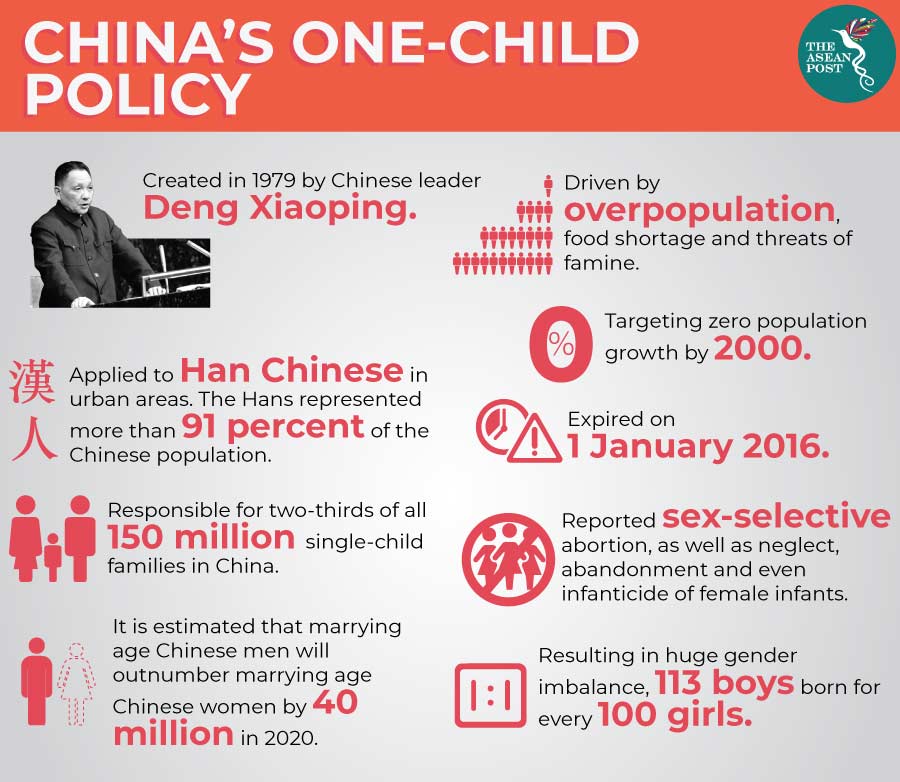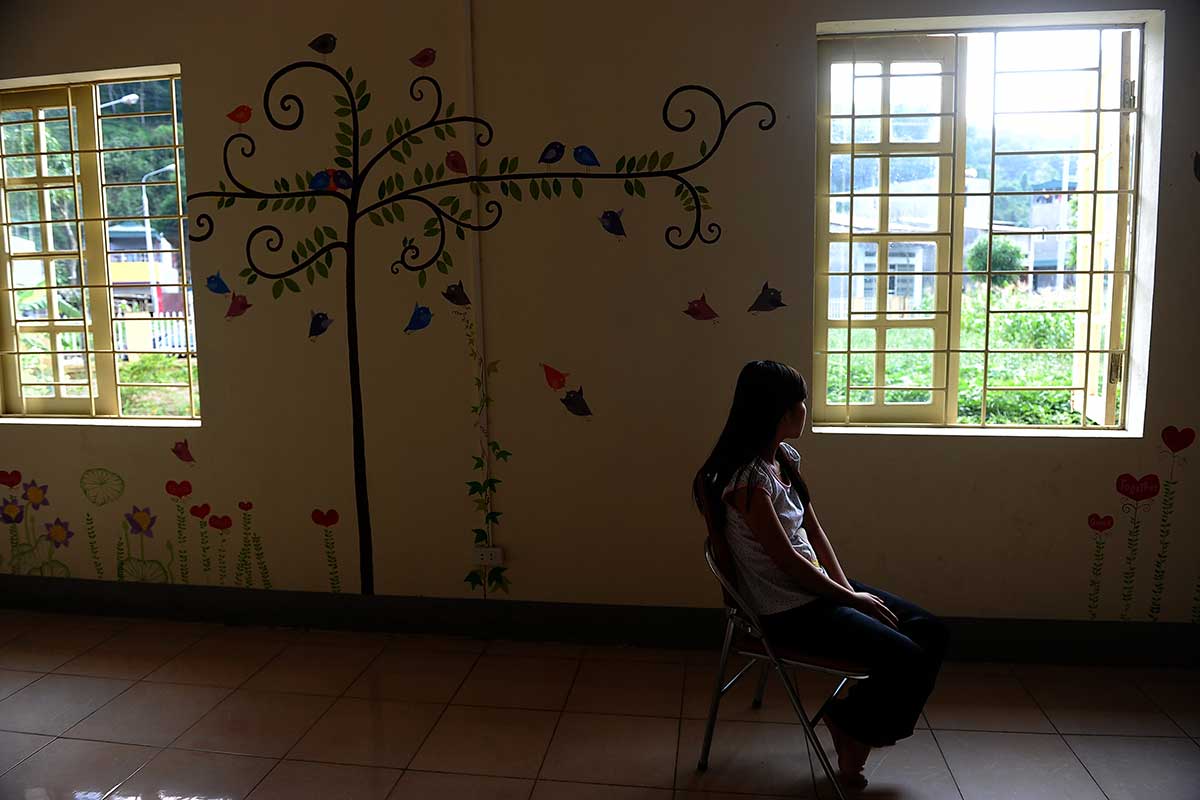The practice of “pulling wife”, bride kidnapping or marriage by capture is an old tradition among the rural Vietnamese. According to old custom, young girls are symbolically kidnapped and detained for two to three days by young boys, sometimes in collaboration with his family, to force a marriage negotiation with the girls’ parents. The girls’ parents could ask for her release or accept the marriage, following which the bride price – to be paid by the boy’s family – would be bargained.
Marriage by capture in Vietnam took place with or without the consent of the girls. According to World Vision’s ‘Situational Analysis on Child, Early and Forced Marriage in Vietnam, Laos, Myanmar and Cambodia’, the bride kidnapping practices in Vietnam almost exclusively involves young girls. It has been identified as one of the contributors to underage marriages and adolescent pregnancies.
However, in the last decade, the business of “shanghaiing” young girls for marriage has turned into the sinister practice of bride trafficking. Instead of symbolic kidnapping for marriage, young Vietnamese boys have been reported to offload their captures into a network of human trafficking middlemen, earning as little as US$50 for each girl. Often this is achieved by approaching young girls on social media such as Facebook, pretending to be their boyfriends and using drugs to immobilise them during kidnapping.
40 million lonely men
A nation burdened by overpopulation, food shortage and impending famine, China experimented with an enforced birth control program in the early 1970s. “Late, Long and Few,” read the campaign slogan that aimed to cut population growth by half between 1970 and 1976. The campaign was the antecedent of the One-Child policy, introduced in 1979, restricting ethnic Han couples to only one child.
Compounded by the Confucian preference for a male descendent, the One-Child policy gave rise to sex-selective abortions, female infanticide and forced sterilisation. Almost 40 years later, the resulting gender imbalance is frightening. While the completely natural male-to-female sex ratio is around 105 boys to every 100 girls, in China, at the peak of the gender disparity in births in 2004, 121 boys were born for every 100 girls.

The Chinese Academy of Social Sciences estimated that by 2020 there will be up to 40 million more Chinese men of marrying age compared to Chinese women. Scarcity of marriageable women has driven many Chinese men to procuring wives from abroad. Cheaper than the dowry price of a “limited-edition” local girl, a Chinese man in the market for a wife pays between 60,000 and 100,000 yuan (US$8,700 - US$14,500).
Mostly from Southeast Asia
The data available is inadequate and unsatisfactory. In 2016, according to media reports, 207 Vietnamese women and a child were rescued by the Chinese authorities from a cross-border trafficking ring involving 61 gangs. In 2012 alone, 1,281 Laotian, Myanmarese and Vietnamese women were reported rescued and repatriated by Chinese officials. Vietnamese officials in the border town of Lao Cai, report that between 100 and 150 trafficked Vietnamese women return through the town’s border gate, every year.
According to a report by the United Nations Office on Drugs and Crime (UNODC), while the majority of human trafficking cases around the world is for sexual exploitation and forced labour, the women of Southeast Asia are especially vulnerable to trafficking for forced marriage. What is more disturbing in Southeast Asia is that most human trafficking victims detected between 2012 and 2014 were female children.
“Within the broad category of ‘other’ forms of exploitation, trafficking for forced marriage was prominently detected, accounting for four percent of victims detected in East Asia and the Pacific between 2012 and 2014. Forced marriages were reported in the Mekong area, Cambodia, China, Myanmar and Vietnam. This form of trafficking involves the recruitment of young women or girls to be sold as wives, often abroad,” the report stated.
The Chinese demographic imbalance caused by the One-Child policy will continue to churn a demand for kidnapped wives. The reported number represents just the tip of the iceberg, with many disappearances and returns unreported, with others unable to return. For the girls forcefully taken away from their families and the families yearning for their stolen daughters, justice may come too late.
Related articles:
ASEAN: Epicentre of human trafficking
